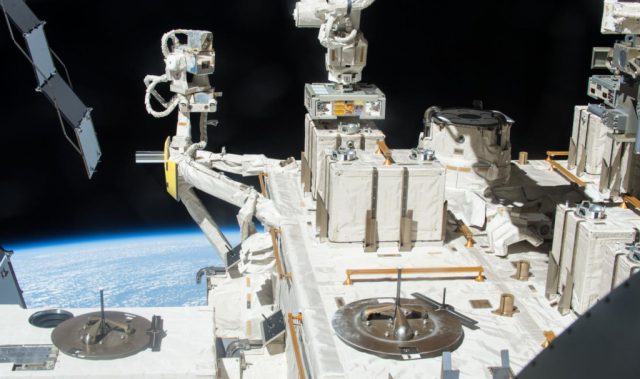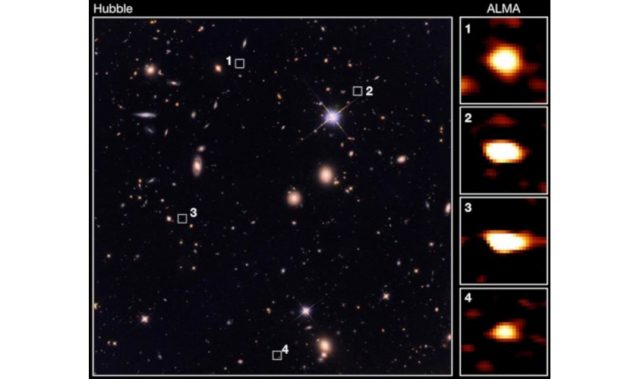
AsianScientist (Dec. 21, 2021) – On December 6, 2020, Japan’s Hayabusa2 spacecraft delivered an exciting package to a laboratory in South Australia: the very first material collected from the near-Earth Ryugu asteroid. Now, that sample, weighing just 5.4 grams, has been analyzed and presented in Nature Astronomy.
From the blockbuster film Armageddon to the romantic fantasy Your Name, asteroids are often depicted in popular culture as apocalyptic harbingers of doom. But in the scientific realm, these metal and rock bodies could hold the secrets to the origin of water and organic compounds—or life—on Earth.
In 2010, the initial Hayabusa mission returned asteroid samples to Earth for the first time ever, and the Hayabusa2 mission was launched four years later with the same goal. Its target? Ryugu, a carbon-rich, diamond-shaped asteroid roughly one kilometer in diameter.
After firing an impactor into the asteroid to create an artificial crater, Hayabusa2 was able to obtain samples from deep within the surface of Ryugu’s equatorial ridge region. Japan Aerospace Exploration Agency (JAXA) Associate Senior Researcher Dr. Toru Yada led the analysis of the Ryugu samples at the agency’s Extraterrestrial Sample Curation Center in Sagamihara, Japan.
“The Ryugu sample has sizes ranging from around eight millimeters, the largest average diameter, down to fine submillimeter dusts,” wrote the researchers.

The team reported that the sample is very dark—reflecting only two percent of the light that hits it—with a high porosity of 46 percent, greater than any meteorite studied so far. According to the researchers, such porous materials have not been discovered in any meteorite remnants on Earth, most likely because they are too fragile to survive entry into the Earth’s atmosphere. Hayabusa2 however, managed to keep the Ryugu samples physically and chemically pristine.
These findings confirm Hayabusa2’s visual observations of the asteroid appearing uniform in structure and composition. Meanwhile, a concurrent compositional analysis led by Assistant Professor Cédric Pilorget of Université Paris-Saclay found that the sample is composed of a hydrated matrix, such as clay, embedded with a variety of organic compounds.
The authors concluded that the contents of this sample appear to be among the most primordial material available in laboratories to date, representing an invaluable opportunity for studying the origin and evolution of the Solar System—and life on Earth.
The article can be found at: Yada et al. (2021) Preliminary analysis of the Hayabusa2 samples returned from C-type asteroid Ryugu.
———
Source: Japan Aerospace Exploration Agency; Photo: Shutterstock.
Disclaimer: This article does not necessarily reflect the views of AsianScientist or its staff.












